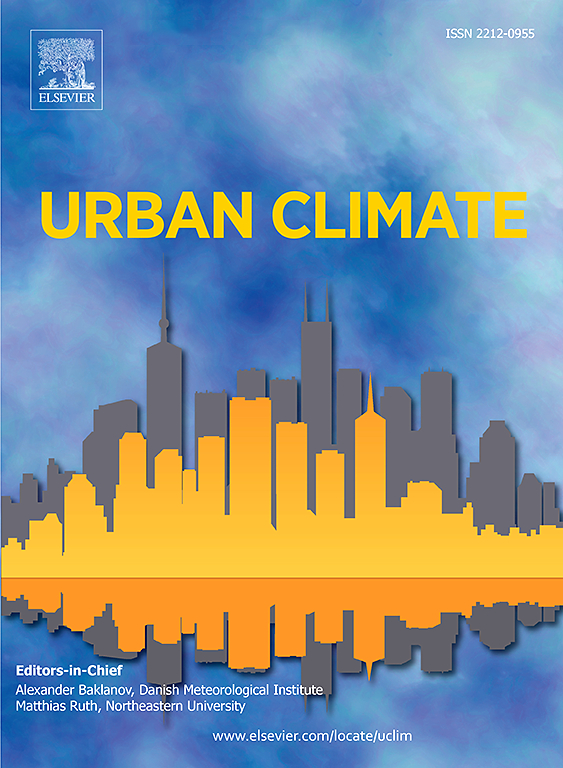Air pollution of PM2.5-bound PAHs in urban Chongqing, China from 2015 to 2022: Concentration, source tracking and health risk
IF 6.9
2区 工程技术
Q1 ENVIRONMENTAL SCIENCES
引用次数: 0
Abstract
PM2.5-bound polycyclic aromatic hydrocarbons (PAHs) are a major environmental challenge worldwide. In this study, the characteristics, sources, and health risks of PM2.5-bounded PAHs and their long-term trends were investigated during the period of 2015–2022 at an urban site in Chongqing, southwest China. The annual average concentration of PM2.5, total PAHs and BaPeq significantly decreased during the observation period with slopes of 5.29 μg/m3, 1.53 ng/m3 and 0.59 ng/m3, respectively. The air pollution control strategy and COVID-19 control measures were contributed to the reductions in air pollution. High-molecular-weight (HMW) were the dominating species among all PAHs subtypes at 55 %. Traffic emissions/coal combustion, biomass burning and petroleum were the main sources of PAHs in urban Chongqing, with a relative contribution rate of 56 %, 33 % and 11 %, respectively. The lifetime CR during the period of 2015–2022 was 3.61 × 10−6, and Mont-Carlo simulation showed that there was a 44.85 % possibility that the overall lifetime cancer risk level exceeds 10−6, indicating a potential carcinogenic risk by inhalation exposure to PM2.5-bound PAHs and necessitating the development of corresponding control measures in urban Chongqing. This research elucidates the principal sources and compositions of PAHs and the associated health risks, facilitating the development of effective prevention measures to control urban air pollution.

2015 - 2022年重庆市城区pm2.5结合多环芳烃污染浓度、来源追踪及健康风险
pm2.5结合的多环芳烃(PAHs)是世界范围内的一个重大环境挑战。本研究对重庆某城市2015-2022年pm2.5为界的多环芳烃的特征、来源、健康风险及其长期趋势进行了研究。PM2.5、总多环芳烃和BaPeq的年平均浓度在观测期内显著下降,斜率分别为5.29、1.53和0.59 ng/m3。空气污染控制战略和新冠肺炎防控措施对空气污染减少作出了贡献。高分子量(HMW)是各多环芳烃亚型中的优势种,占55%。交通排放/燃煤、生物质燃烧和石油是重庆城区多环芳烃的主要来源,相对贡献率分别为56%、33%和11%。2015-2022年的终生CR为3.61 × 10−6,monte - carlo模拟结果显示,重庆市城市居民整体终生癌症风险水平超过10−6的可能性为44.85%,表明吸入暴露于pm2.5结合的多环芳烃存在潜在的致癌风险,有必要制定相应的控制措施。本研究阐明了多环芳烃的主要来源、组成及相关健康风险,有助于制定有效的防治措施,控制城市大气污染。
本文章由计算机程序翻译,如有差异,请以英文原文为准。
求助全文
约1分钟内获得全文
求助全文
来源期刊

Urban Climate
Social Sciences-Urban Studies
CiteScore
9.70
自引率
9.40%
发文量
286
期刊介绍:
Urban Climate serves the scientific and decision making communities with the publication of research on theory, science and applications relevant to understanding urban climatic conditions and change in relation to their geography and to demographic, socioeconomic, institutional, technological and environmental dynamics and global change. Targeted towards both disciplinary and interdisciplinary audiences, this journal publishes original research papers, comprehensive review articles, book reviews, and short communications on topics including, but not limited to, the following:
Urban meteorology and climate[...]
Urban environmental pollution[...]
Adaptation to global change[...]
Urban economic and social issues[...]
Research Approaches[...]
 求助内容:
求助内容: 应助结果提醒方式:
应助结果提醒方式:


